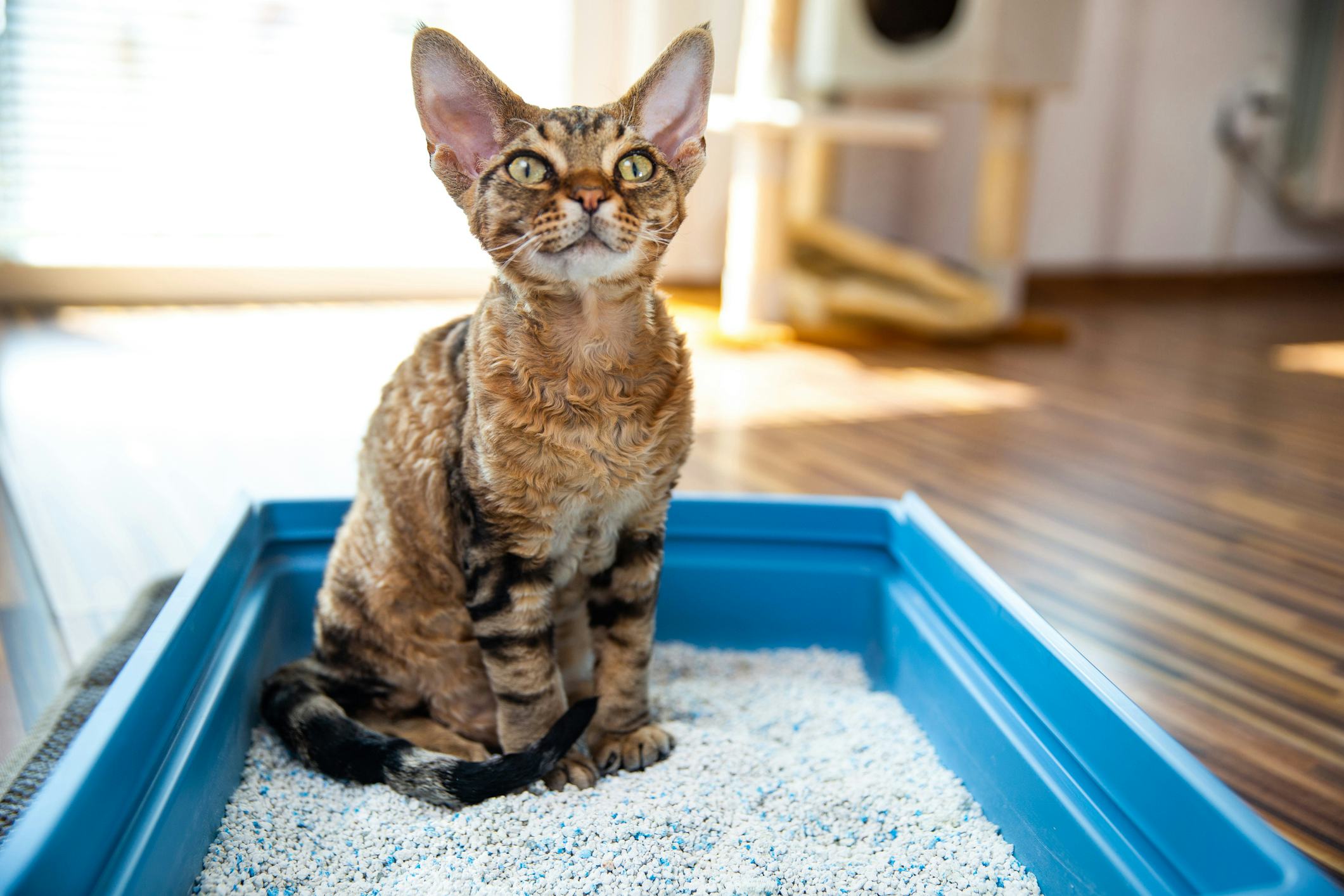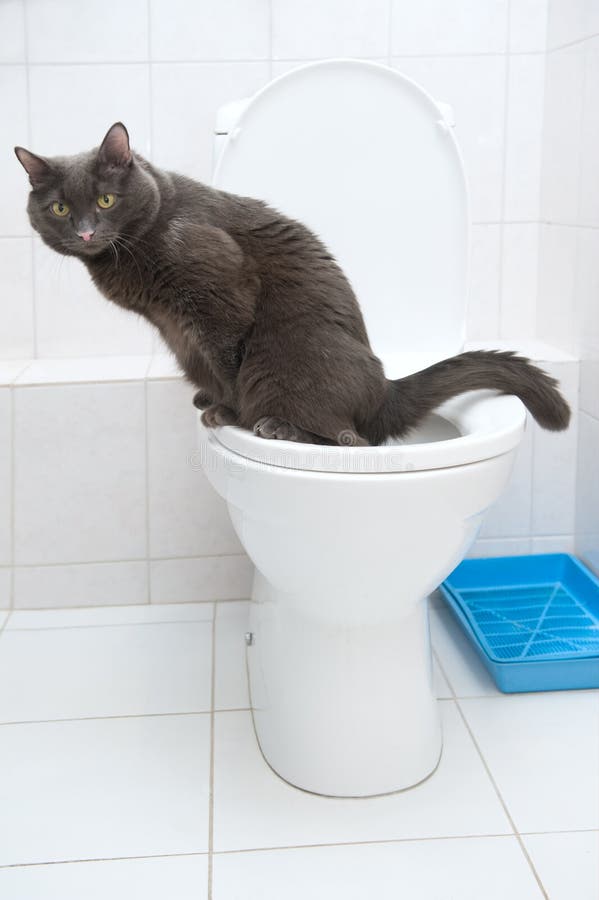Avoid Flush Cat Poop Down Your Toilet - Safeguard Your Plumbing Infrastructure
Avoid Flush Cat Poop Down Your Toilet - Safeguard Your Plumbing Infrastructure
Blog Article
They are making several good points regarding How to Dispose of Cat Poop and Litter Without Plastic Bags overall in this content followed below.

Introduction
As cat proprietors, it's important to be mindful of exactly how we throw away our feline buddies' waste. While it might seem convenient to purge cat poop down the bathroom, this practice can have destructive repercussions for both the setting and human health.
Alternatives to Flushing
The good news is, there are safer and a lot more accountable means to deal with cat poop. Consider the following alternatives:
1. Scoop and Dispose in Trash
The most typical method of disposing of pet cat poop is to scoop it right into a biodegradable bag and throw it in the trash. Make certain to make use of a devoted trash scoop and throw away the waste without delay.
2. Use Biodegradable Litter
Opt for naturally degradable pet cat trash made from products such as corn or wheat. These trashes are environmentally friendly and can be safely dealt with in the trash.
3. Hide in the Yard
If you have a lawn, take into consideration burying pet cat waste in an assigned location far from vegetable yards and water sources. Make sure to dig deep adequate to prevent contamination of groundwater.
4. Set Up a Pet Waste Disposal System
Invest in a family pet garbage disposal system specifically designed for feline waste. These systems use enzymes to break down the waste, reducing odor and ecological effect.
Health and wellness Risks
In addition to ecological issues, flushing pet cat waste can additionally position wellness risks to humans. Pet cat feces may contain Toxoplasma gondii, a parasite that can create toxoplasmosis-- a possibly severe health problem, specifically for pregnant females and individuals with weakened body immune systems.
Environmental Impact
Flushing cat poop introduces unsafe virus and bloodsuckers into the water system, posturing a substantial danger to marine ecological communities. These pollutants can negatively affect aquatic life and compromise water top quality.
Verdict
Responsible family pet possession extends beyond offering food and sanctuary-- it likewise involves appropriate waste management. By refraining from purging cat poop down the toilet and choosing alternative disposal techniques, we can minimize our environmental impact and protect human health and wellness.
Why Can’t I Flush Cat Poop?
It Spreads a Parasite
Cats are frequently infected with a parasite called toxoplasma gondii. The parasite causes an infection called toxoplasmosis. It is usually harmless to cats. The parasite only uses cat poop as a host for its eggs. Otherwise, the cat’s immune system usually keeps the infection at low enough levels to maintain its own health. But it does not stop the develop of eggs. These eggs are tiny and surprisingly tough. They may survive for a year before they begin to grow. But that’s the problem.
Our wastewater system is not designed to deal with toxoplasmosis eggs. Instead, most eggs will flush from your toilet into sewers and wastewater management plants. After the sewage is treated for many other harmful things in it, it is typically released into local rivers, lakes, or oceans. Here, the toxoplasmosis eggs can find new hosts, including starfish, crabs, otters, and many other wildlife. For many, this is a significant risk to their health. Toxoplasmosis can also end up infecting water sources that are important for agriculture, which means our deer, pigs, and sheep can get infected too.
Is There Risk to Humans?
There can be a risk to human life from flushing cat poop down the toilet. If you do so, the parasites from your cat’s poop can end up in shellfish, game animals, or livestock. If this meat is then served raw or undercooked, the people who eat it can get sick.
In fact, according to the CDC, 40 million people in the United States are infected with toxoplasma gondii. They get it from exposure to infected seafood, or from some kind of cat poop contamination, like drinking from a stream that is contaminated or touching anything that has come into contact with cat poop. That includes just cleaning a cat litter box.
Most people who get infected with these parasites will not develop any symptoms. However, for pregnant women or for those with compromised immune systems, the parasite can cause severe health problems.
How to Handle Cat Poop
The best way to handle cat poop is actually to clean the box more often. The eggs that the parasite sheds will not become active until one to five days after the cat poops. That means that if you clean daily, you’re much less likely to come into direct contact with infectious eggs.
That said, always dispose of cat poop in the garbage and not down the toilet. Wash your hands before and after you clean the litter box, and bring the bag of poop right outside to your garbage bins.
https://trenchlesssolutionsusa.com/why-cant-i-flush-cat-poop/

I stumbled upon that entry about How to Dispose of Cat Poop and Litter Without Plastic Bags while doing a lookup on the internet. Sharing is good. Who knows, you may be helping someone out. Many thanks for your time spent reading it.
Call Today Report this page